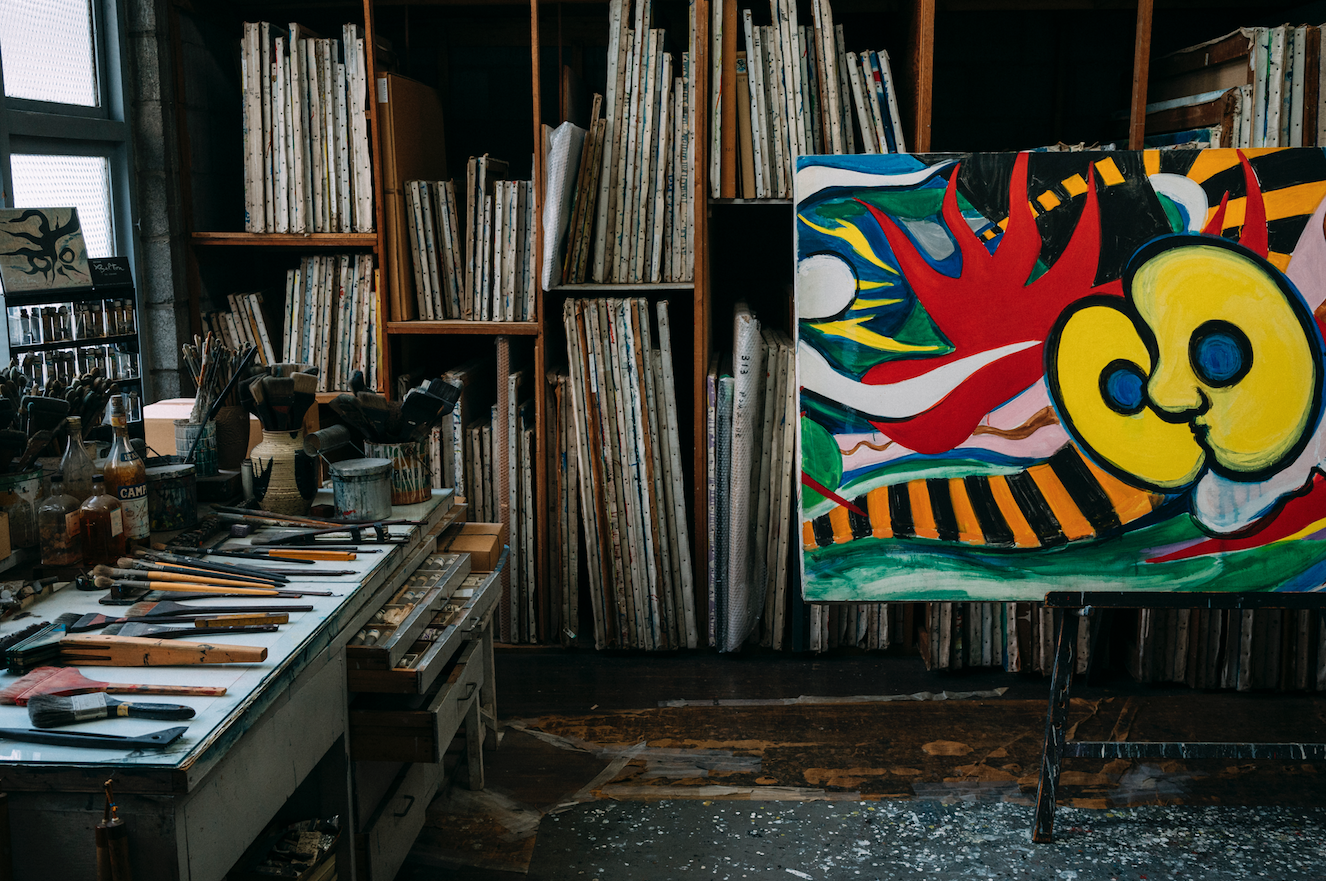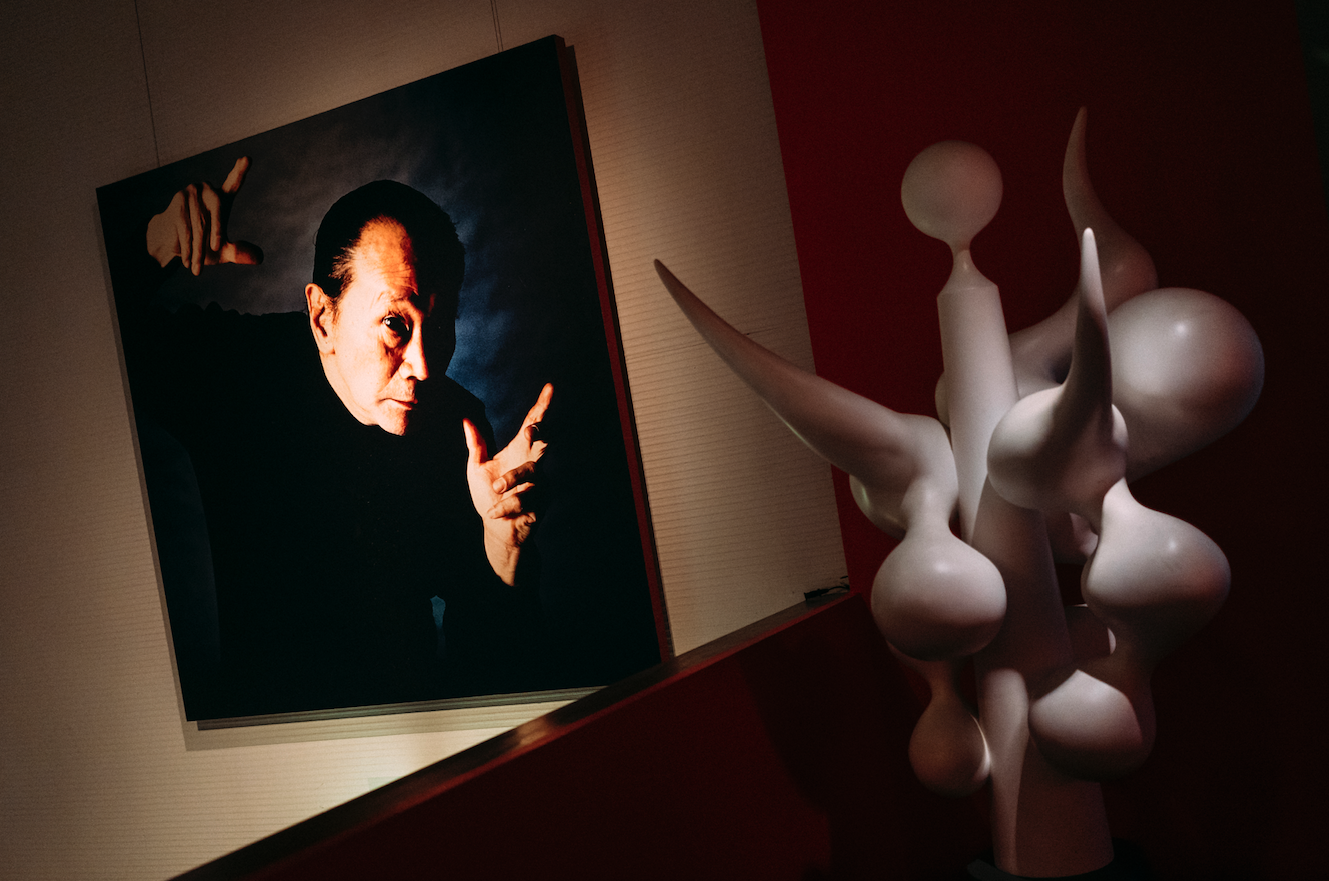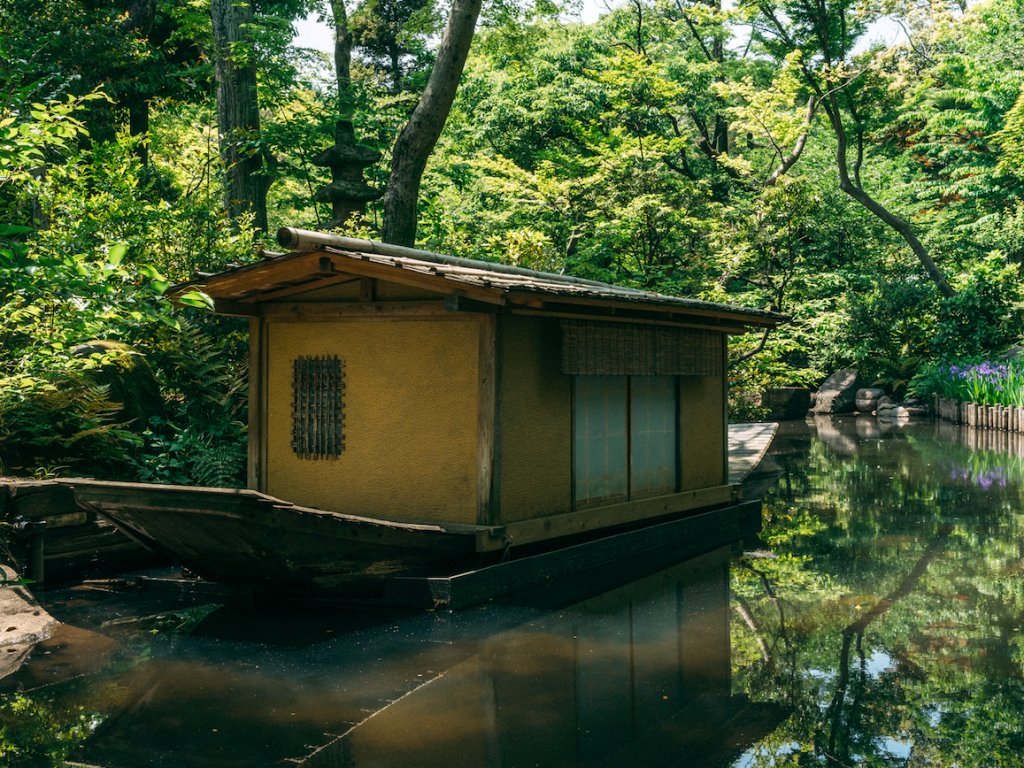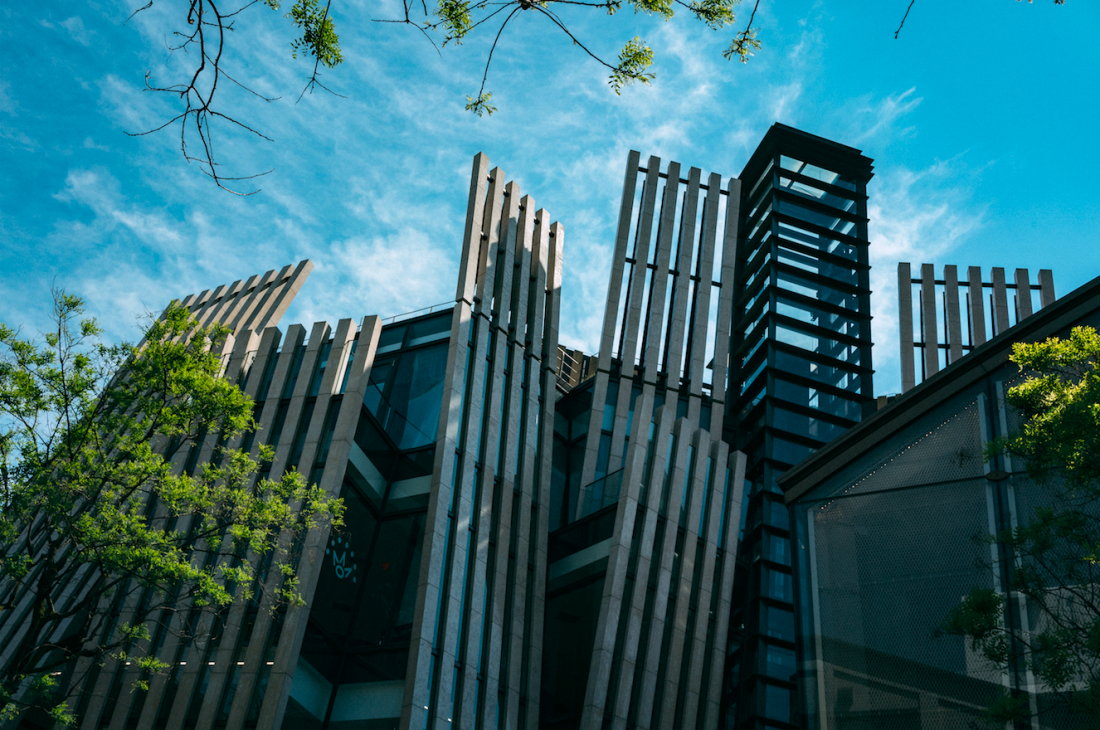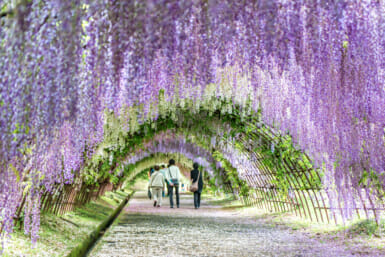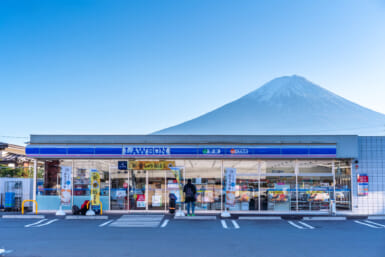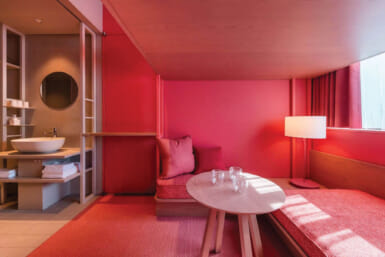Literally and figuratively rich, Aoyama is brimming with things to see and do whether you’ve got the cash to splash or not.
Fancy Pants (and Cars)
Flowing on from the north end of Omotesando boulevard, Minami Aoyama more than holds its own when it comes to big-name brands and cutting-edge fashion boutiques. Designed by Herzog & de Meuron, the six-story Prada store with its diamond-shaped glass panes that vary between flat, concave and convex bubbles, and the slick, sweeping facade of Miu Miu particularly stand out. Along with high-end Western designers, you can also find a strong local presence like Rei Kawakubo’s Comme des Garçons flagship store. If you’re in the market to upgrade your mode of transport then go for a closer look at some of the latest four-wheeled machines from McLaren, Tesla, Lamborghini and Honda. Or just keep your eyes and ears peeled – it doesn’t take long for one to growl past while you’re strolling around.
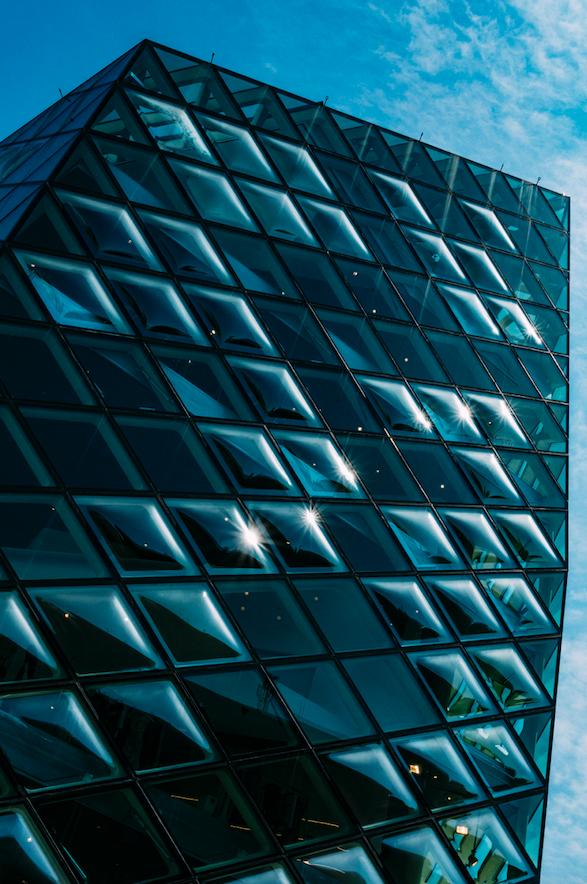
Cuisine with a View
High-end dining options like Narisawa are plentiful, but as the warmer weather rolls in, many people will want to scope out alfresco dining and drinking spots. Commune 2nd is a popular outdoor collection of food stalls, shacks, caravans and shops with vegetarian, vegan and craft beer options. On the other side of Aoyama-dori, the UNU (United Nations University) Farmers’ Market takes place every weekend and provides organic, locally produced fare. For a more luxurious setting aim for the terrace at Cicada – a spacious venue serving a range of Mediterranean food – or check out the floral terrace at the Tuscany-influenced Riva degli Etruschi. If lunch with a view is in order then head to the rooftop bar of A to Z Cafe, which also houses a wooden hut serving as an exhibition space for artist Yoshitomo Nara’s sweet and sinister characters. Taiwanese pineapple cake shop Sunnyhills provides an airy space to escape the heat thanks to architect Kengo Kuma who once again worked wonders with wood for the store design.
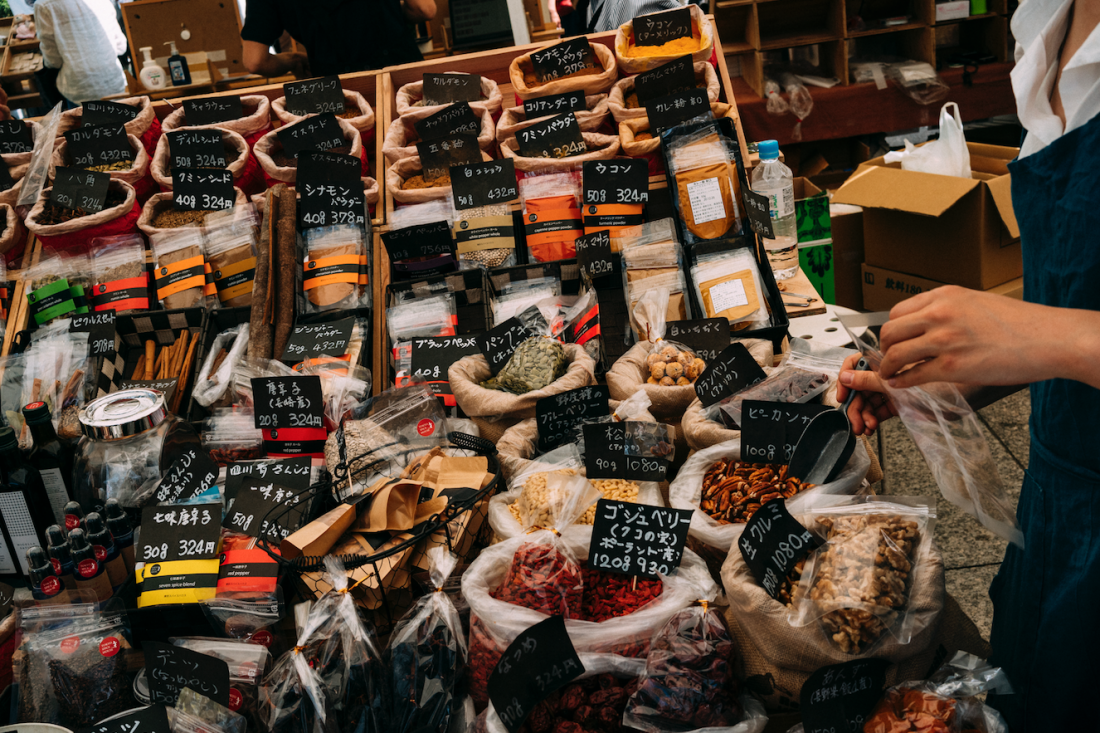
Cemetery Sights
Spending time in a graveyard might not be on many people’s list of things to do, but the scale of Aoyama Cemetery is quite a sight. Drifting in and out of the shade provided by the numerous cherry trees scattered around the undulating landscape make it a surprisingly beautiful and serene location. History buffs can scout out the final resting places of various notable Japanese figures and also late 19th-century Westerners who breathed their last in this land. One of the few plots to do so in Tokyo, this section of the cemetery was awarded special protection in 2007. The cremated flesh of Japan’s favorite loyal dog, Hachiko, also lies in the cemetery alongside his master (the rest of his body was preserved in taxidermy and is on display at the Tokyo Museum of Art in Ueno).
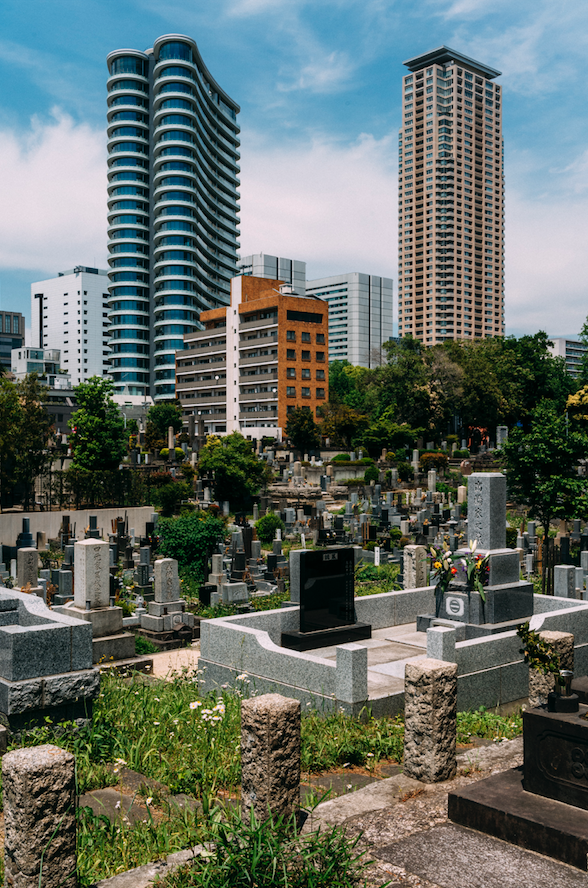
Local Legacies
The Nezu Museum exhibits pieces from its vast collection of Asian art and craft work including calligraphy, painting, ceramics, textiles and so on, and also has a sprawling Japanese garden within its grounds. There are a number of old stone monuments scattered throughout, plus a matcha tea house and an iris pond that’s particularly popular when in season.
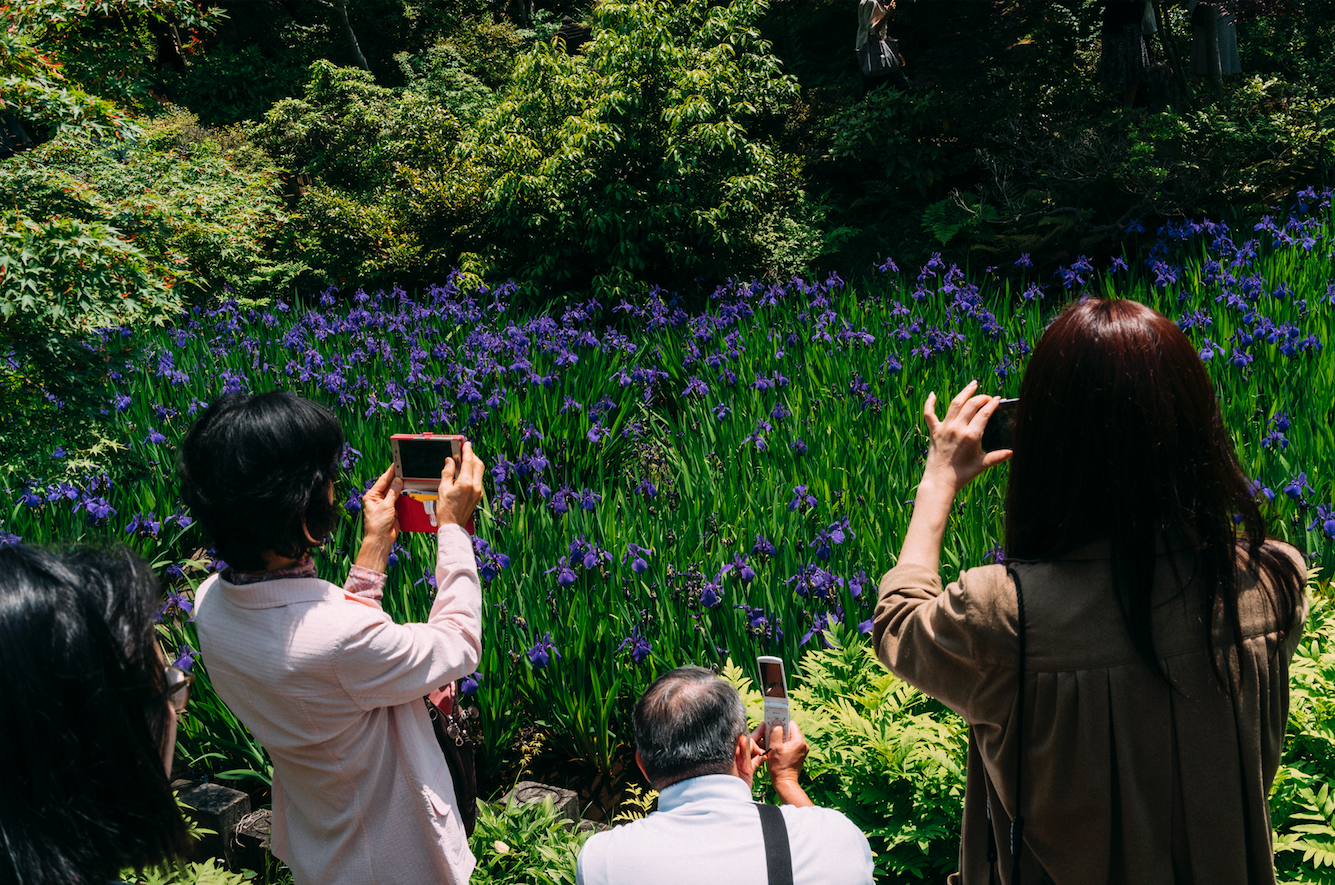
Visit the nearby Isehan-Honten Museum of Beni, the only remaining manufacturer of the Japanese red lip color that was once so prominent during the Edo period, to learn about its history, production and, of course, pick up a few products. The former dwellings and studio of local artist Taro Okamoto have been converted into the Taro Okamoto Memorial Museum which, as the name suggests, celebrates the artist’s life and work with a compact but effective space displaying some of his artwork and sculptures.
There are smaller venues around the neighborhood that cater for more contemporary art and photography such as the Rat Hole Gallery, and those looking for a bit of musical entertainment can find world-class acts performing at the famed Blue Note jazz club.
